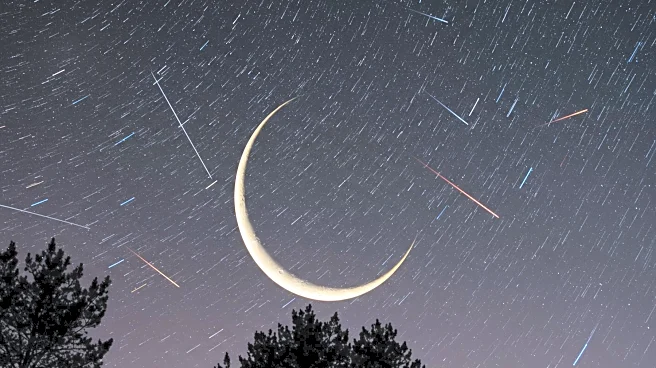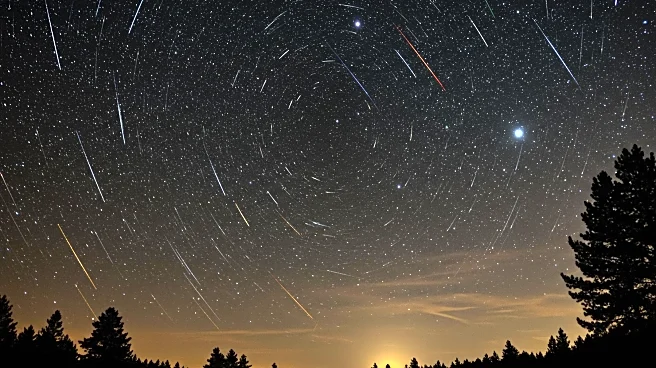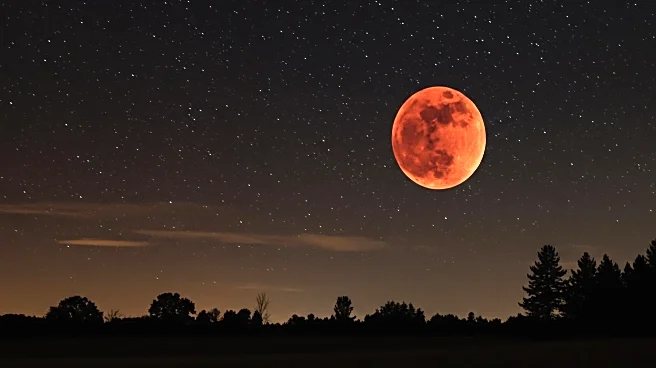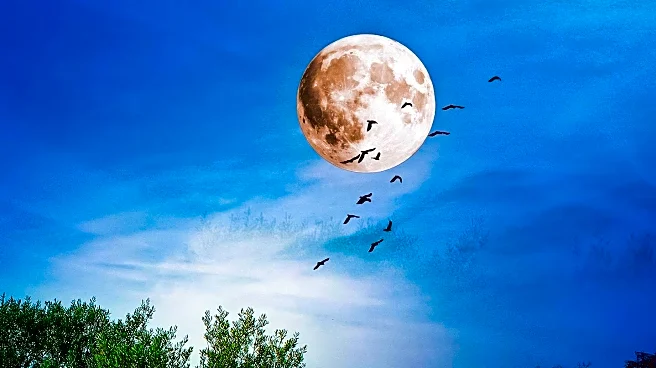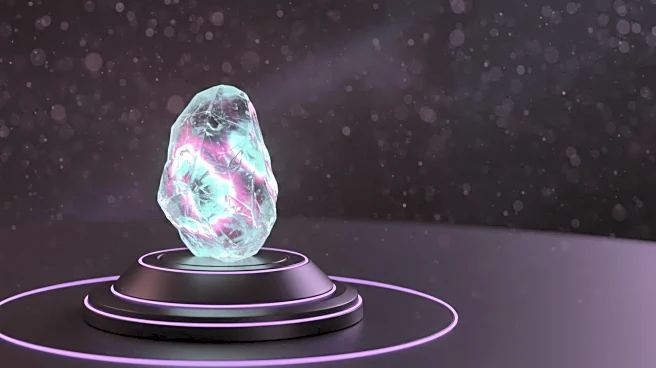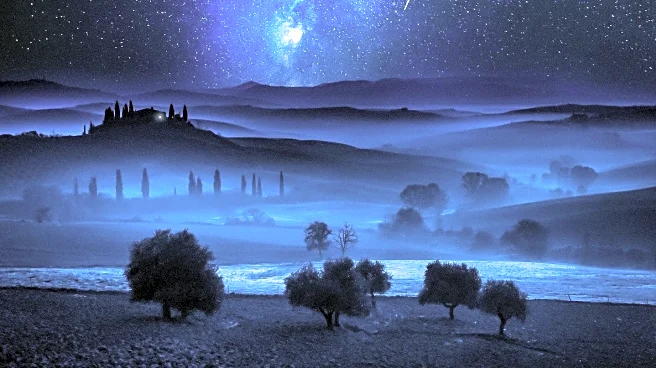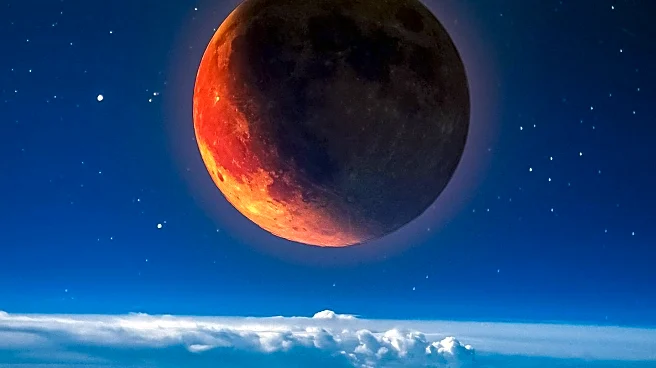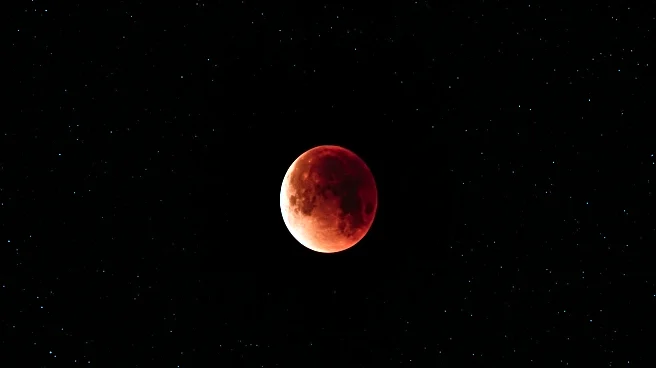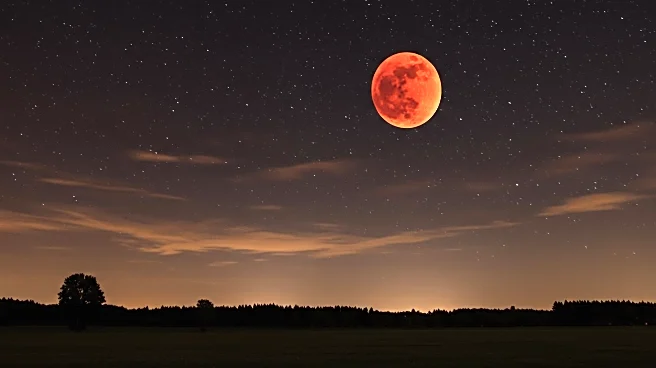What's Happening?
The Perseid Meteor Shower, an annual astronomical event, is set to peak on August 12 and 13. Known for producing dozens of meteors per hour, the shower results from Earth passing through the dust cloud of comet Swift-Tuttle. This year, visibility may be reduced due to the moon being 84% full, which could diminish the number of visible meteors by 75%. Despite this, the Perseids are renowned for their fireballs, which are larger explosions of light and color.
Why It's Important?
The Perseid Meteor Shower is a significant event for astronomers and sky watchers, offering a chance to observe celestial phenomena without the need for telescopes. It highlights the natural beauty and complexity of space, encouraging public interest in astronomy. The event also underscores the impact of lunar phases on astronomical observations, providing educational opportunities about the interactions between celestial bodies.
What's Next?
Observers are advised to find dark sky locations with minimal light pollution for optimal viewing. The shower is best seen in the Northern Hemisphere before dawn, though meteors may be visible as early as 10 p.m. Despite the moonlight challenge, enthusiasts can still enjoy the spectacle, and other astronomical events in August, such as the full sturgeon moon and Mercury sightings, offer additional opportunities for observation.
